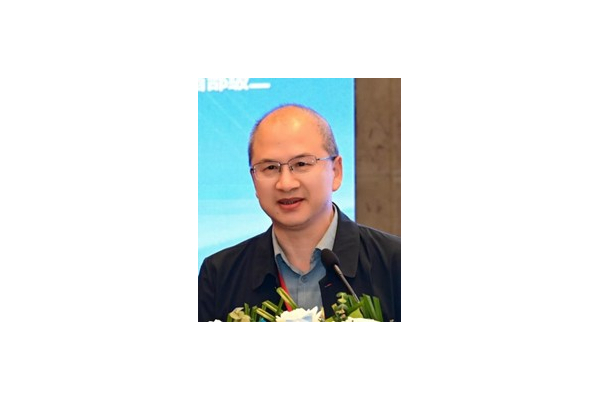THE HISTORY OF LIQUID WATER ACTIVITY ON MARS AND THE EVOLUTION OF HABITABILITY CONDITIONS
Seminars
Semester 2
Prof. Long XIAO is a professor from China University of Geosciences (Wuhan), a distinguished professor from Macau University of Science and Technology. He is the founding director of the Planetary Science Institute at CUG, the chief scientist of the Hubei Key Laboratory of Planetary Geology and Deep Space Exploration. He is a recipient of the Special Government Allowance from the State Council of China. With a long-standing career in lunar and planetary science education, research, and public outreach, he has served as a scientific advisor for the Lunar Exploration and Space Engineering Center and deputy leader of the Scientist Team for the Chang’e-3 and Chang’e-4 missions. Currently, he is an expert for the Chinese Academy of Sciences Academic Divisions, a strategic expert for space science at the Chinese Academy of Sciences, a member of the Tianwen-3 mission demonstration team, and an expert in the field of space science and applications for China’s crewed space program. He has achieved numerous innovative breakthroughs in lunar and planetary science, mentored a bunch of leading planetary geologists, and significantly advanced the planetary geology in China.
As a planet with the most Earth-like habitable environment in the Solar System, the history of liquid water activity on Mars and the evolution of its habitability conditions have long
been focal topics in planetary science and exploration. Liquid water is not only a prerequisite for life but also a critical factor in shaping Martian surface features and geological evolution. This talk will begin with the geomorphological and geological records of liquid water activity on Mars, focusing on research progress and debates surrounding Martian valley networks and ancient oceans. By integrating climate simulations and experimental analyses, it will explore the possibilities and constraints of Martian habitability and highlight the scientific significance of the upcoming Tianwen-3 mission.










